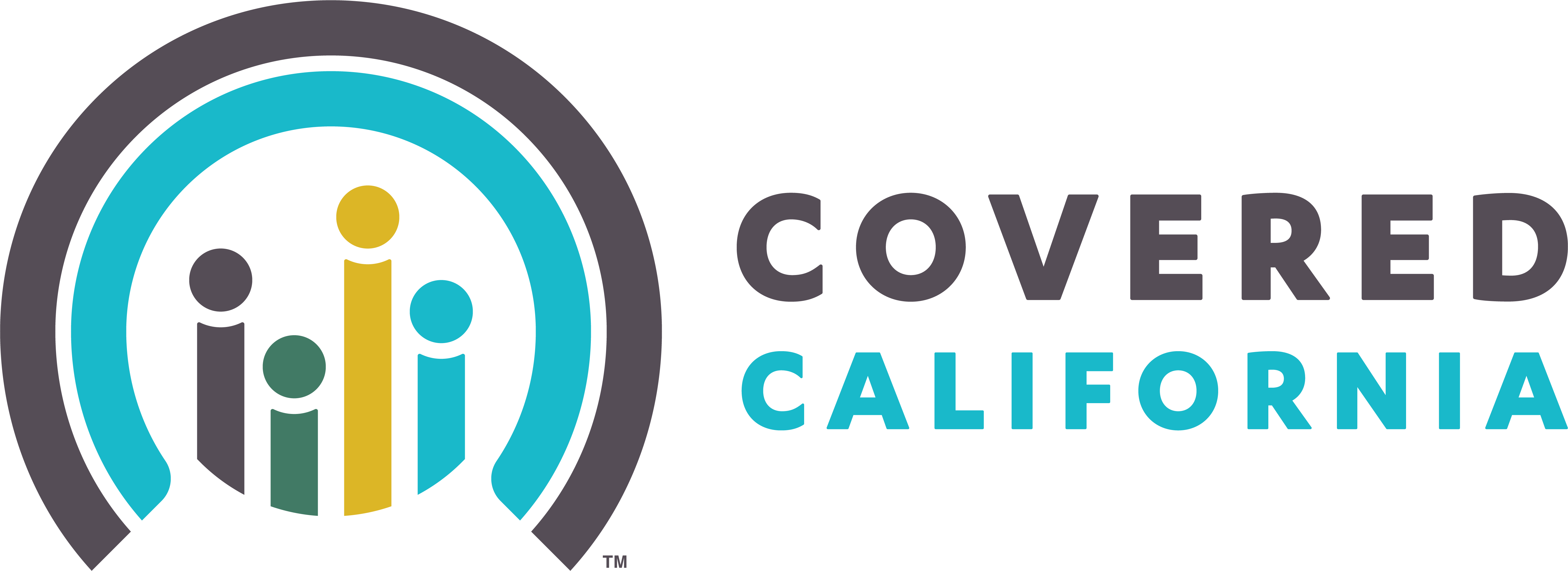What's the difference between IN-Network and OUT-of-Network providers?
Understanding network status is crucial for managing your healthcare costs. The difference can mean thousands of dollars in out-of-pocket expenses.
Doctors and hospitals that have contracted with your insurance company to provide services at negotiated rates.
Benefits:
- Lower out-of-pocket costs
- Direct billing to insurance
- Full plan benefits apply
- Pre-negotiated rates
Doctors and hospitals that have not contracted with your insurance company.
Drawbacks:
- Higher out-of-pocket costs
- May need to pay upfront
- Limited or no coverage (HMO)
- Balance billing possible
Why do doctors go out-of-network?
Providers may choose to leave insurance networks due to payment disputes, administrative burden, or disagreements over treatment approvals. This is becoming more common as insurance companies try to control costs.
Important: Always verify your provider's network status before receiving care. Network participation can change, and using out-of-network providers can result in unexpected bills.
